
Diabetes
Latest News

Latest Videos

CME Content
More News
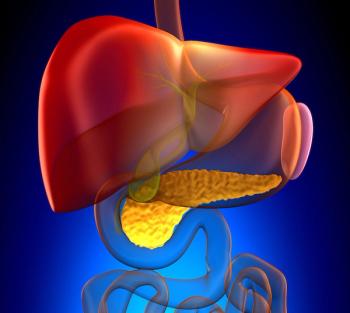
New data revealed that among patients with type 2 diabetes (T2D), presence of nonalcoholic fatty liver disease (NAFLD) may raise the risk of severe hypoglycemia episodes.

Jill Hutt, vice president of member services at the Greater Philadelphia Business Coalition on Health (GPBCH), outlines how Wilmington, Delaware, went about implementing the Diabetes Prevention Program.
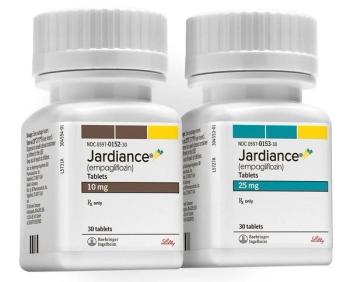
Jardiance (empagliflozin) received approval from the FDA for a new indication to treat heart failure in a broader range of patients, including those with preserved ejection fraction.

Jill Hutt, vice president of member services at the Greater Philadelphia Business Coalition on Health (GPBCH), describes how the organization first became involved with the National Diabetes Prevention Program.

On this episode of Managed Care Cast, Jill Hutt, vice president of member services at the Greater Philadelphia Business Coalition on Health, explains the Coalition’s efforts to reduce diabetes rates through the Diabetes Prevention Program (DPP).

The National Clinical Care Commission (NCCC) issued 39 recommendations to improve diabetes prevention and care in the United States.

In this column, Calum Yacoubian, MD, outlines how artificial intelligence, specifically, natural language processing, can help address gaps in patient data.

Robert A. Gabbay, MD, PhD, chief scientific and medical officer at the American Diabetes Association, shares his thoughts on long COVID-19 among those with type 2 diabetes and the rise of new-onset cases of type 1 diabetes throughout the pandemic.

Data from SURPASS-5 show Eli Lilly's glucagon-like peptide-1 receptor agonist tirzepatide helped improve glycemic control when taken with insulin glargine.

Robert A. Gabbay, MD, PhD, chief scientific and medical officer at the American Diabetes Association, discusses some of the challenges of treating pediatric patients with type 1 or type 2 diabetes.

The FDA has cleared the first tubeless automated insulin delivery system with a smartphone app control.

Findings from 2 studies conducted among German and US children highlight the growing incidence of type 1 diabetes (T1D) among children throughout the COVID-19 pandemic.

In this column, an endocrinologist discusses the growing problem of liver disease and new options at their disposal, including vibration-controlled transient elastography.

Findings of a pilot study suggest that gut microbiome differences resulting from environmental factors could affect racial disparities in type 2 diabetes.

New data show that Medicaid enrollees with diabetes in Colorado have greater access to new medications and incur less associated costs compared with patients with Marketplace plans.

New data revealed that rates of all-cause mortality among those with diabetes decreased between 1995 and 2016 in high-income countries.
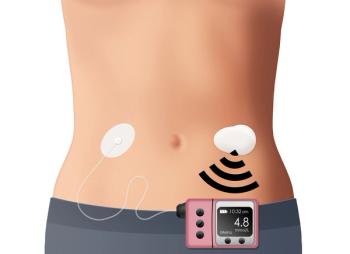
A methodology to monitor patient-in-the-loop modes and faults was examined using a hybrid automata model that was able to replicate patient’s real-life operation modes.

Gleaning data from real-world studies, investigators determined that commercially developed and open-source automated insulin dosing systems are safe and effective.

Patients with diabetes living in rural or deprived regions in the United States are less likely to achieve optimal care for their condition, according to a new cross-sectional study.
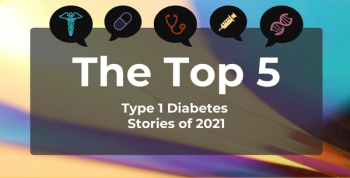
The most popular type 1 diabetes articles published in 2021 included new research on screening and updated coverage policy.

An analysis uncovered racial, ethnic, and socioeconomic inequities regarding access to glucagon-like peptide-1 receptor agonists among US patients with diabetes.

A study carried out in Taiwan found that a family history of type 2 diabetes (T2D) may increase the risks of diabetes-related complications in those with type 1 diabetes (T1D).
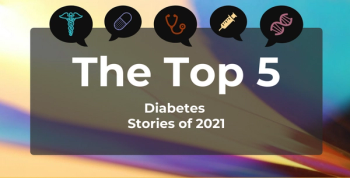
New research on semaglutide and empagliflozin appear on this year’s list of most-read diabetes articles.

Between coverage years 2017 and 2019, racial-ethnic disparities in diabetes technology use worsened among Medicare beneficiaries with type 1 diabetes.

Results of a cross-sectional study fond diabetic kidney disease (DKD) was associated with retinal changes in patients with type 2 diabetes (T2D).


















































